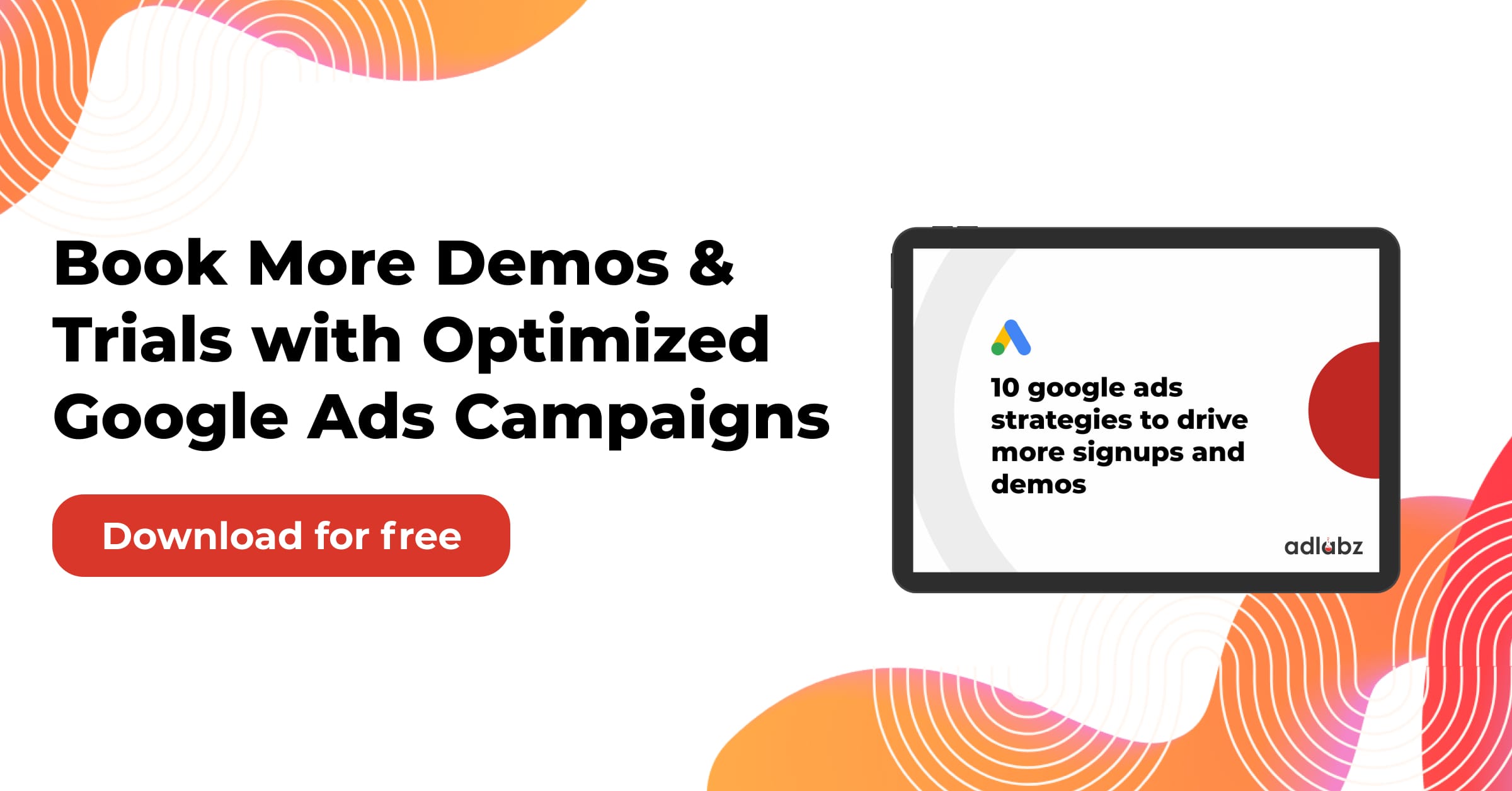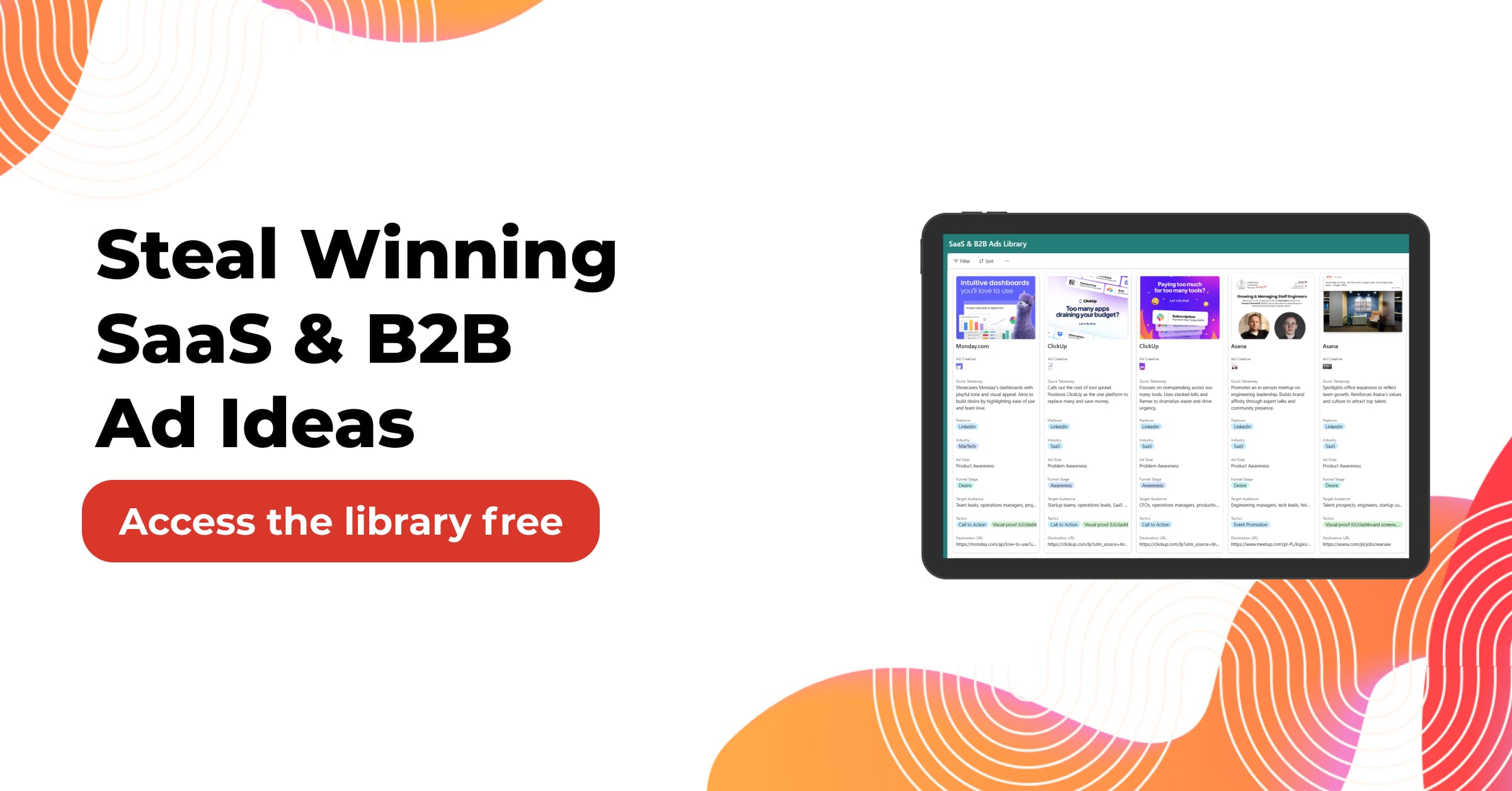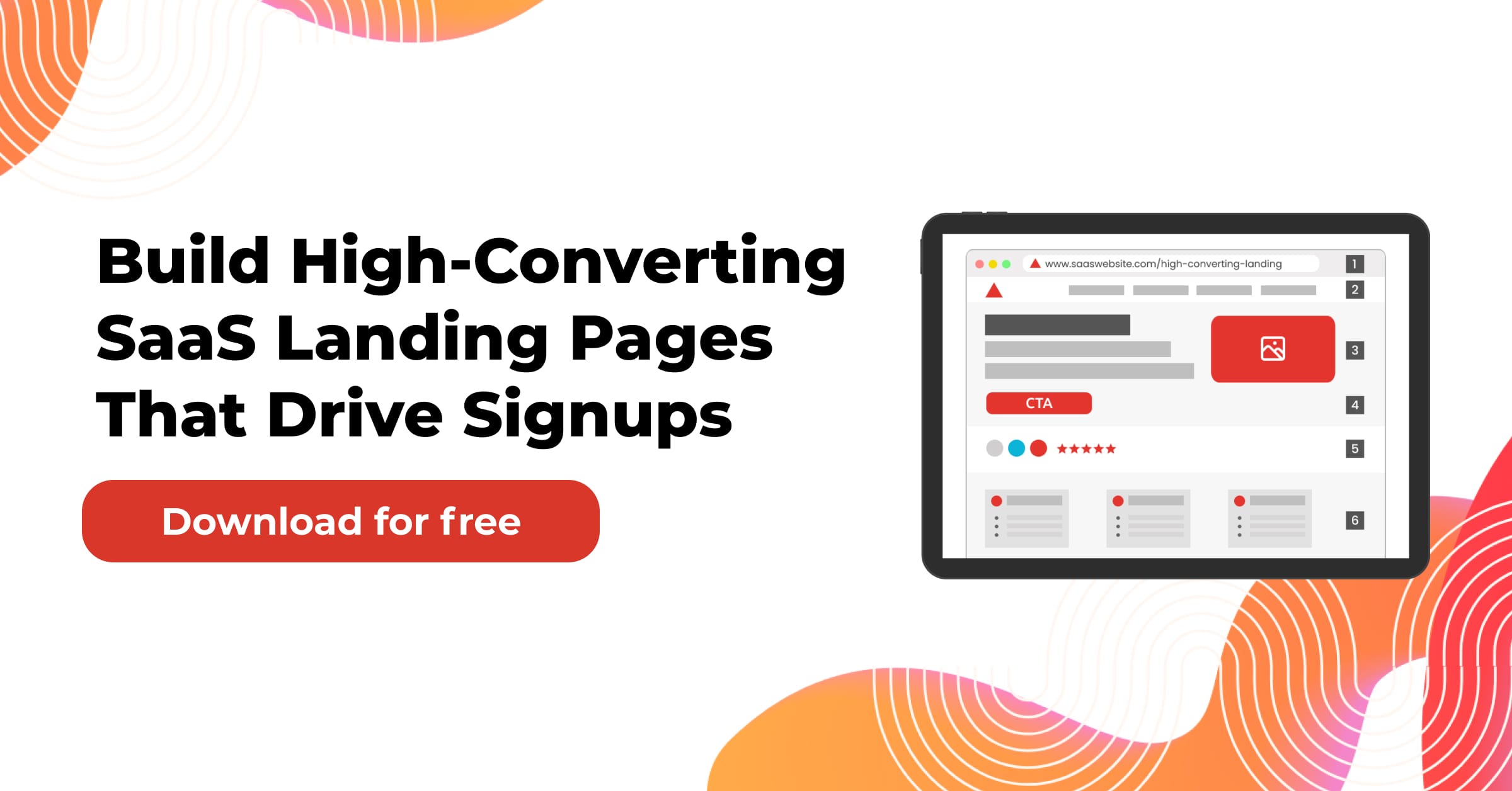What Is a Business Model—And Why Does It Make or Break SaaS Startups?
Before we delve into mistakes, let’s clarify what a business model is, particularly in the context of SaaS startups.
A business model is the blueprint for how your startup creates, delivers, and captures value. It defines:
- Who your customers are
- What you’re solving for them
- How do you reach them
- How do you charge them
- What will it cost you to operate
For SaaS startups, this often translates into a recurring revenue engine. But building a SaaS product doesn’t guarantee success. Many founders mistake a working product for a working business model.
The best SaaS business models grow from a deep understanding of user needs, purchasing behavior, and delivery logistics. If any of these pieces are misaligned, your “cool product” may never cross the chasm into a sustainable business.
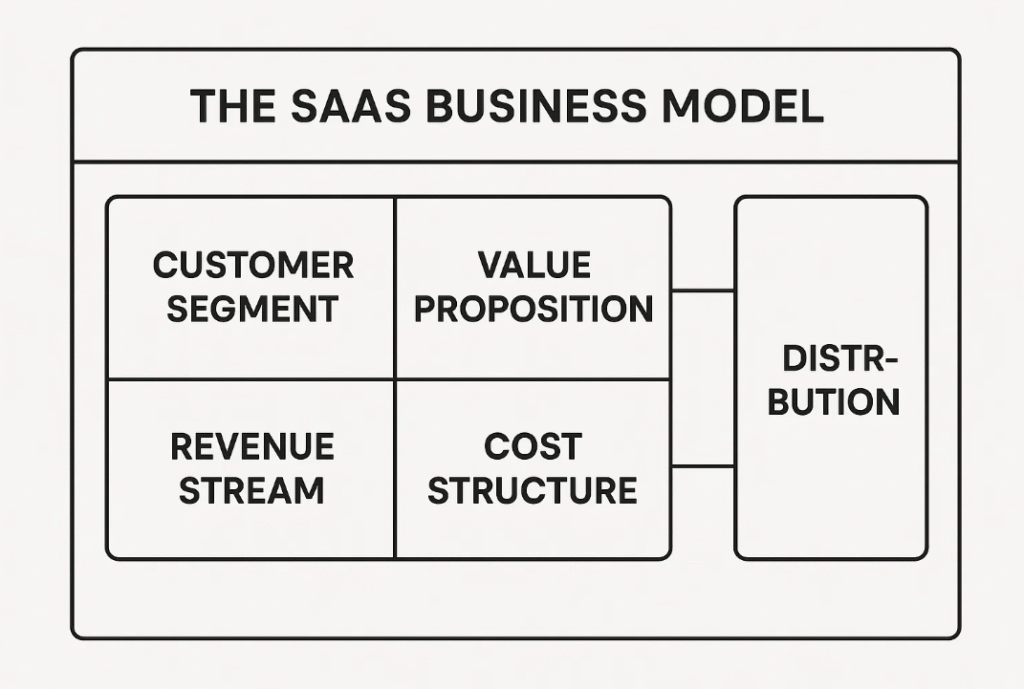
Table of Contents
1. Are You Building a Product Before Validating the Problem?
This is the number one mistake—and it happens more often than it should.
Founders are often technical. They see a gap or inefficiency and jump straight into building. What they skip is the validation loop. Do real users see this as a problem? Are they actively looking for solutions? Are they already paying for something similar?
Spending 6 to 12 months on an unvalidated idea can burn your team’s time and investor money.
Case Insight:
One SaaS founder spent a year building a platform to manage internal meeting agendas. But when it launched, users said: “We just use Google Docs.” The real problem wasn’t tool complexity—it was meeting culture. The product missed the real need.
The smarter path? Founder-led discovery interviews. Join niche Slack groups, Reddit threads, and LinkedIn communities. Ask people what they’re doing to solve a problem. If they mention hacks, spreadsheets, or duct-taped solutions, you’re onto something.
Once you’ve mapped the pain point clearly, you can test demand before building. Tools like Carrd or Webflow let you create landing pages in a day. Run $100 of Google Ads or Reddit traffic to gauge sign-up interest. That’s faster than six months of coding blind.
2. Are You Targeting a Tiny Market That Can’t Scale?
Even if your product solves a real problem, it won’t matter if the market can’t support long-term growth. Some startup founders get excited about niches, but they pick ones that cap out quickly or have low revenue potential.
SaaS investors call this “growing into a brick wall.” Everything looks good until you max out at 400 customers.
It’s important to consider both the breadth and depth of your market. Are there adjacent verticals you could expand into later? Will your average customer value grow over time?
Related Article: https://www.adlabz.co/what-is-the-saas-business-model-a-complete-guide
Example Scenario:
A founder creates an invoicing app for photographers. It gains traction, but the total addressable market is only 12,000 active pro photographers in their region. They soon run into pricing resistance, churn, and slow referrals. The fix would’ve been starting broader—maybe targeting all creative freelancers with tiered plans.
A better SaaS business model thinks two moves ahead. Even if you start niche (which is good for early traction), you need a path to expand horizontally (into other roles or industries) or vertically (with more complex features or pricing tiers).
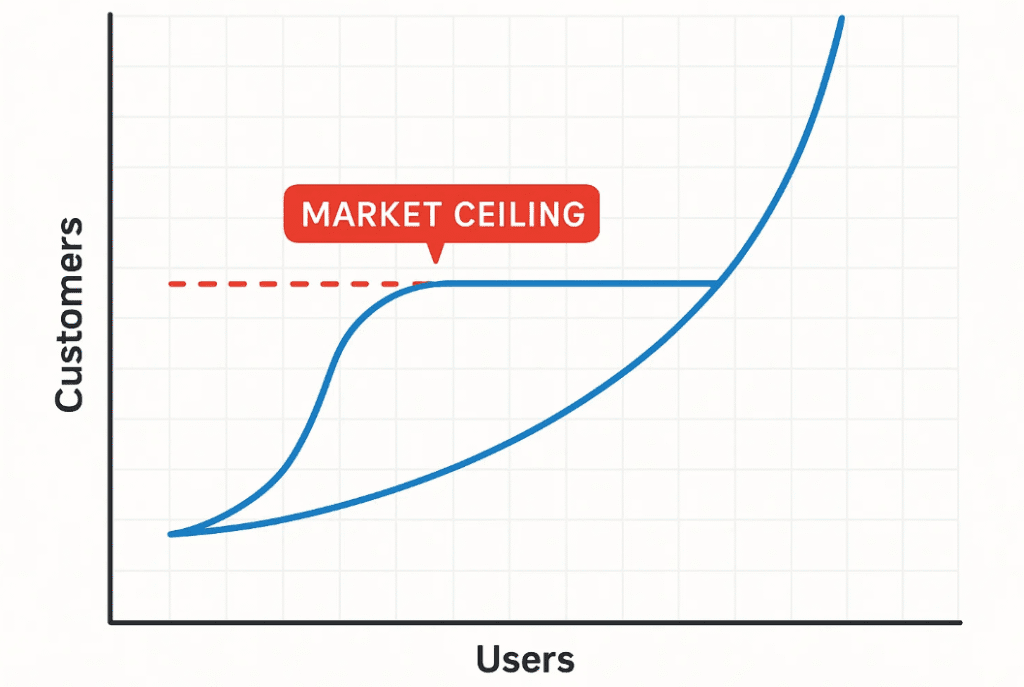
3. Are You Relying on Freemium Without an Upgrade Path?
Offering something free feels like a cheat code, especially for startups. It drives signups fast, lowers acquisition cost, and makes users feel safe to try.
But freemium without a revenue bridge is a leaky bucket.
Thousands of SaaS startups die every year with impressive signup counts but near-zero revenue. Not because their product was bad, but because they failed to build a monetization ladder.
One of the most overlooked components in freemium business models is the activation boundary—the point where users realize they’ve outgrown the free plan and see clear benefits in paying.
A good SaaS model engineers this inflection point.
SaaS Story:
A time-tracking SaaS offered unlimited projects on the free tier. Their user base grew rapidly, but revenue stalled. Once they limited projects to 3 in the free plan and added real-time insights to the paid plan, conversions jumped 5x within two months.
Another critical feature? Email sequences that show users what they’re missing. Don’t just lock features. Tease them. Use onboarding emails and in-app messages to highlight what premium users can do that free users can’t.
And never assume users will just explore. Show them. Guide them. Sell softly—every time they log in.
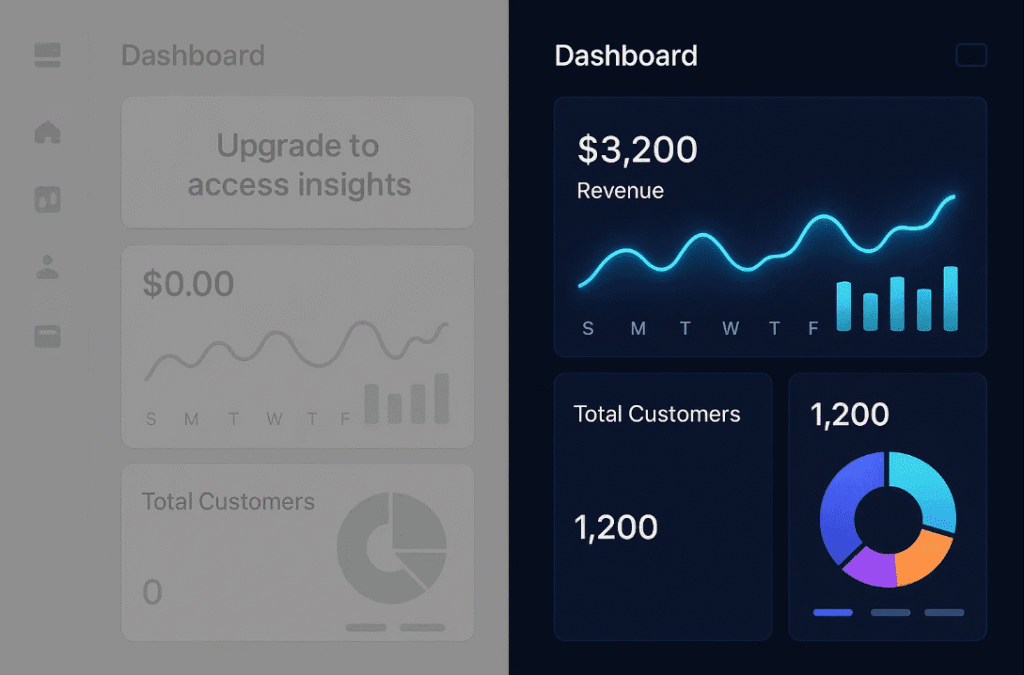
4. Are You Measuring the Wrong Metrics Early On?
Founders love metrics. But many of them chase the wrong ones.
Tracking traffic, signups, or downloads gives the illusion of progress. But unless those users are finding value, returning, and paying, you’re not building a business. You’re just running a traffic experiment.
Early metrics need to prove one thing: user-product fit. Not just interest, but usage.
A better way to measure early traction is with time-based retention. Ask yourself:
- Are users coming back after 7 days? After 30?
- Have they integrated your product into a routine workflow?
- Can they explain your value to someone else?
One helpful metric is WAU/MAU (Weekly Active Users / Monthly Active Users). A healthy SaaS product often shows a ratio above 40%, indicating stickiness.
Don’t wait for 1,000 users to measure churn. Track from day one. Even with 50 users, you’ll see where drop-offs happen—onboarding, empty states, unclear next steps.
And don’t be afraid to talk to churned users. A short “Why did you leave?” email can be worth more than a month of analytics.
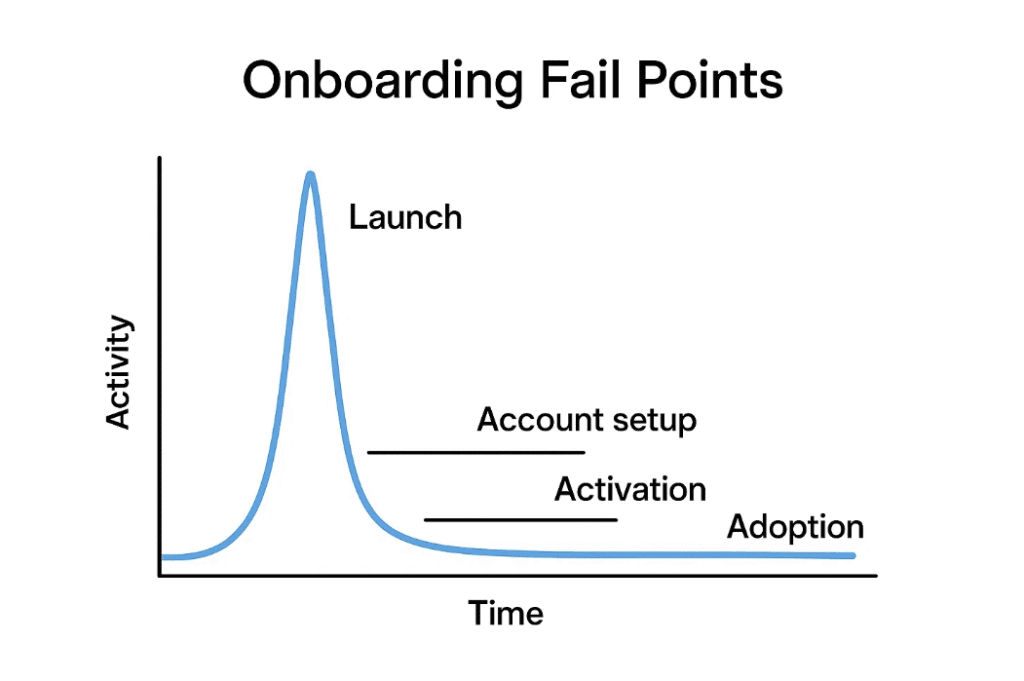
5. Are You Failing to Design for Distribution From Day One?
You can build the best SaaS product in the world—but if nobody knows it exists, it doesn’t matter.
The biggest lie founders tell themselves is: “We’ll figure out growth later.”
In truth, your go-to-market strategy is part of your business model. Without predictable customer acquisition, there’s no recurring revenue. No retention. No funding.
The smartest SaaS startups design for distribution early. That means picking problems that have natural search traffic. Choosing audiences who live in online communities. Or building tools that are inherently shareable.
Distribution isn’t just about marketing. It’s about product design. Ask:
- Can users invite others naturally?
- Can features be shared or embedded?
- Does my product solve a visible problem that people Google?
Startups that win often do two things well: they build in public and they build with leverage. They blog, tweet, post progress, and share behind-the-scenes updates. These narratives become acquisition channels in disguise.
One overlooked tactic? Partnering with influencers in your niche. Not mega-influencers—just creators with 2,000 to 10,000 followers who have trust in your target market. A single co-marketed video or tutorial can drive better signups than weeks of paid ads.

Bonus: Should You Use Freemium or Go Paid-Only?
One of the most critical decisions in your SaaS business model is how you plan to onboard users: freemium vs. paid-only.
Some SaaS startups assume freemium is always better because it reduces friction. Others believe starting paid filters out non-serious users.
The truth lies somewhere in between—your choice should depend on the problem you’re solving, your cost structure, and how fast users see value.
Here’s a side-by-side comparison:
| Criteria | Freemium Model | Paid-Only Model |
|---|---|---|
| User Acquisition | Faster if the price justified | Slower, but more qualified leads |
| Support Cost | Higher (many free users = high burden) | Lower (paying users expect more but are fewer) |
| Conversion Funnel Complexity | High—requires upgrade triggers | Simple—trial ends, pay or leave |
| Product Type Fit | Works for viral or low-touch tools | Better for niche or high-touch products |
| Revenue Ramp-Up | Slower, but scalable | Faster if price justified |
Quick Rule of Thumb:
If your product delivers immediate, obvious value (e.g., analytics, task tracking), freemium may work. If it needs setup, customization, or guidance (e.g., HR software), go paid-first with a trial or demo.
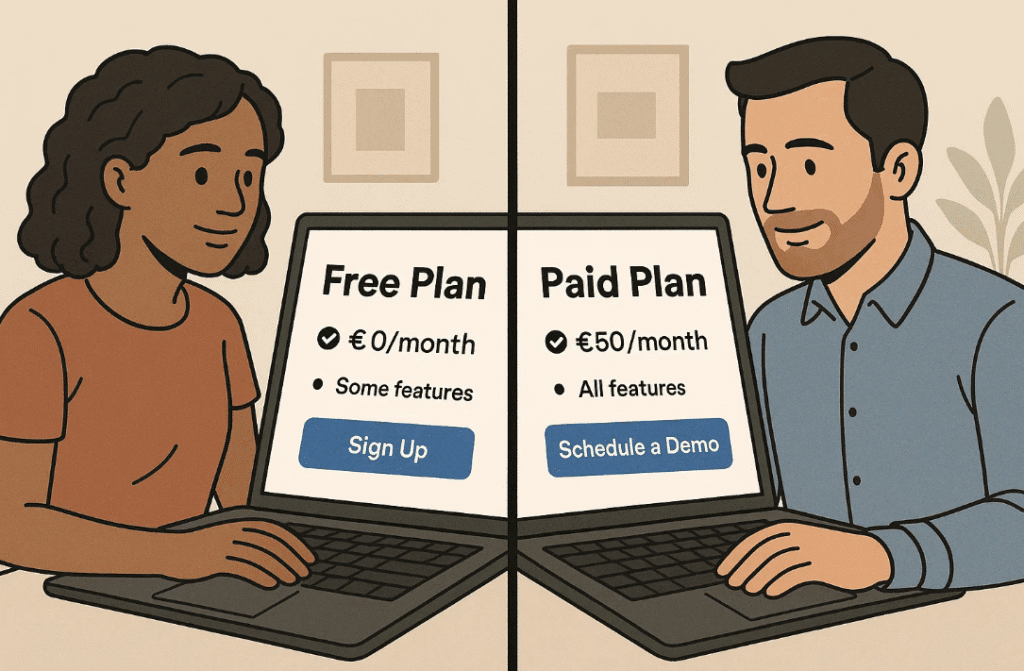
How Can You Future-Proof Your SaaS Business Model?
Even if you start strong, your SaaS business model needs to evolve. Markets shift. Competitors emerge. Customer expectations change.
Founders often underestimate how fast they need to adapt pricing, packaging, and positioning.
Here’s what helps:
- Build pricing flexibility into your product (modular features, add-ons)
- Keep a tight feedback loop with churned customers
- Test alternate models early (e.g., usage-based, credits, tiered access)
- Revisit your customer persona every 3–6 months
Example:
Basecamp launched as a flat-rate SaaS. Years later, they added pricing tiers for growing teams. This lets them serve freelancers and enterprises alike, without rebuilding the product.
A modern SaaS business model isn’t static. It’s responsive. It listens, evolves, and stays one step ahead of user needs.
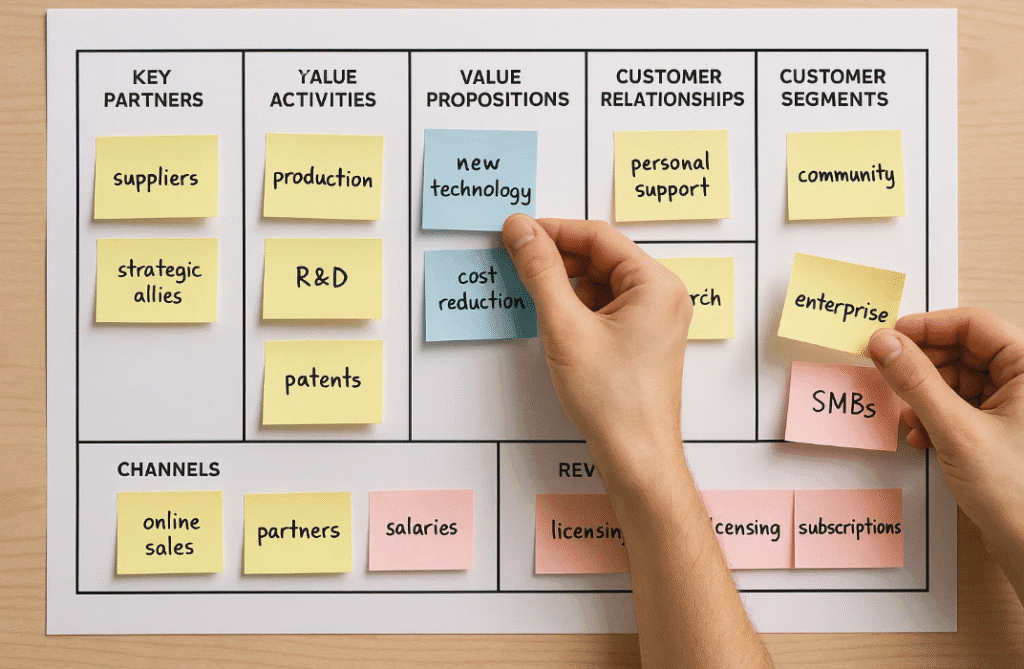
Why Do Most SaaS Business Models Break After Year One?
The first year for a SaaS startup is about survival—getting users, shipping fast, and proving value. But in year two, everything changes.
You start dealing with:
- Churn that wasn’t visible before
- Support load that scales faster than revenue
- Infrastructure and billing complexity
- Customer success needs (retention, upsell, advocacy)
Many startups realize too late that their original business model can’t scale. It wasn’t designed for lifecycle growth.
For example, pricing by user might work at launch, but fail when teams want shared access. Or acquisition via content might slow if SEO doesn’t compound fast enough.
Successful SaaS founders re-evaluate their model every 6–12 months. They ask:
- Are we serving the same customers as last year?
- Is our pricing still aligned with the value we provide?
- Are our best users upgrading, or plateauing?
The answers shape how you evolve your business model—from version 1.0 to a sustainable version.
Updated Final Thoughts: A Good Business Model Doesn’t Just Work—It Grows With You
Your product might change. Your team will change. But the one thing that must keep evolving is your business model.
It’s the engine behind your product, marketing, sales, and customer success. Ignore it, and you’ll scale a house of cards. Invest in it—and you’ll scale a machine.
Great SaaS startups treat business model design like product design. They iterate, test, and evolve it deliberately.
So if you’re just starting—or even if you’re post-launch—step back and ask:
- Is your business model built for traction or scale?
- Are you chasing users or building systems that convert and retain them?
- Is your pricing, packaging, and positioning driving real revenue?
Build the business model first. Everything else flows from there.z
You might also be interested:



